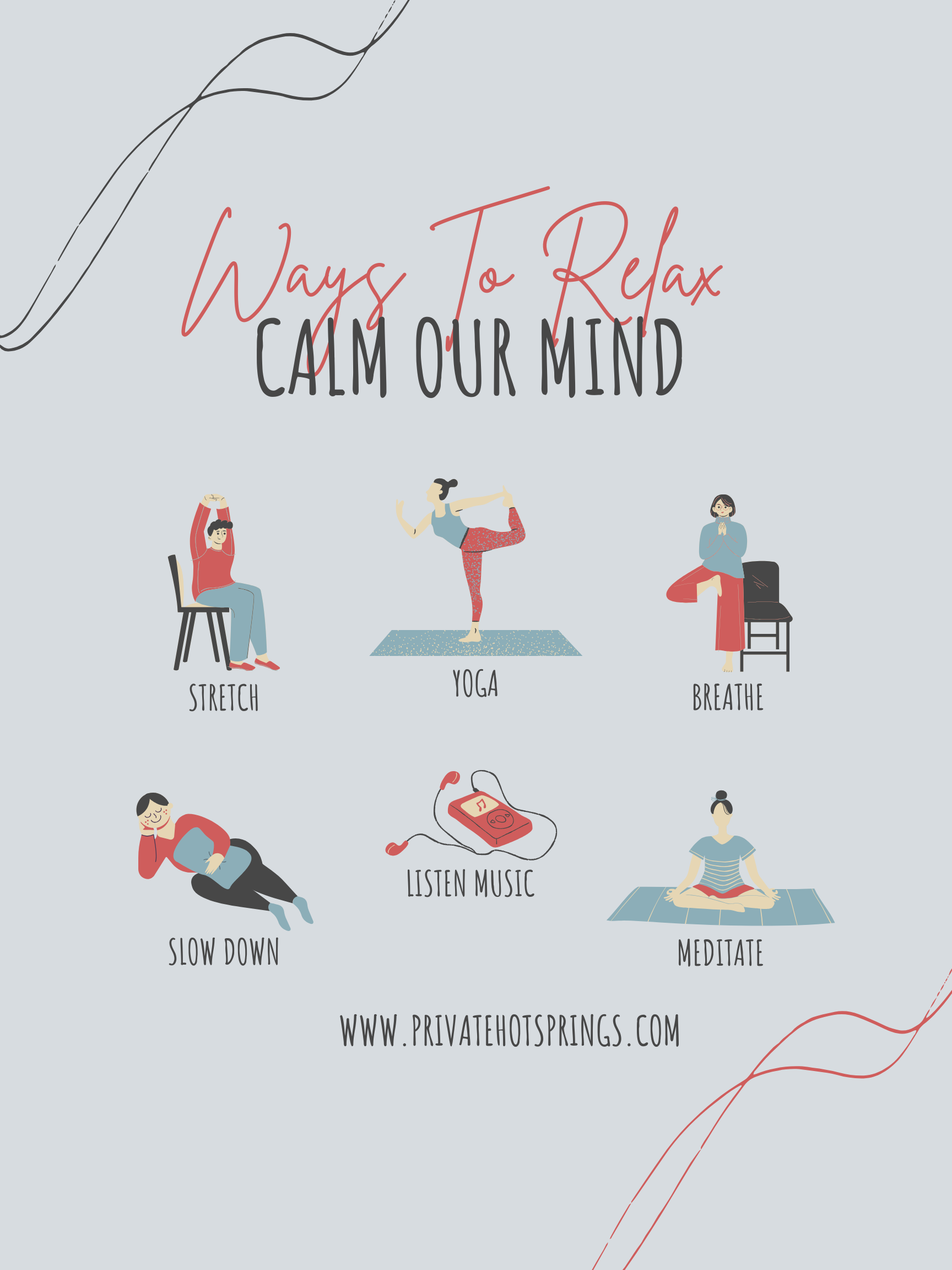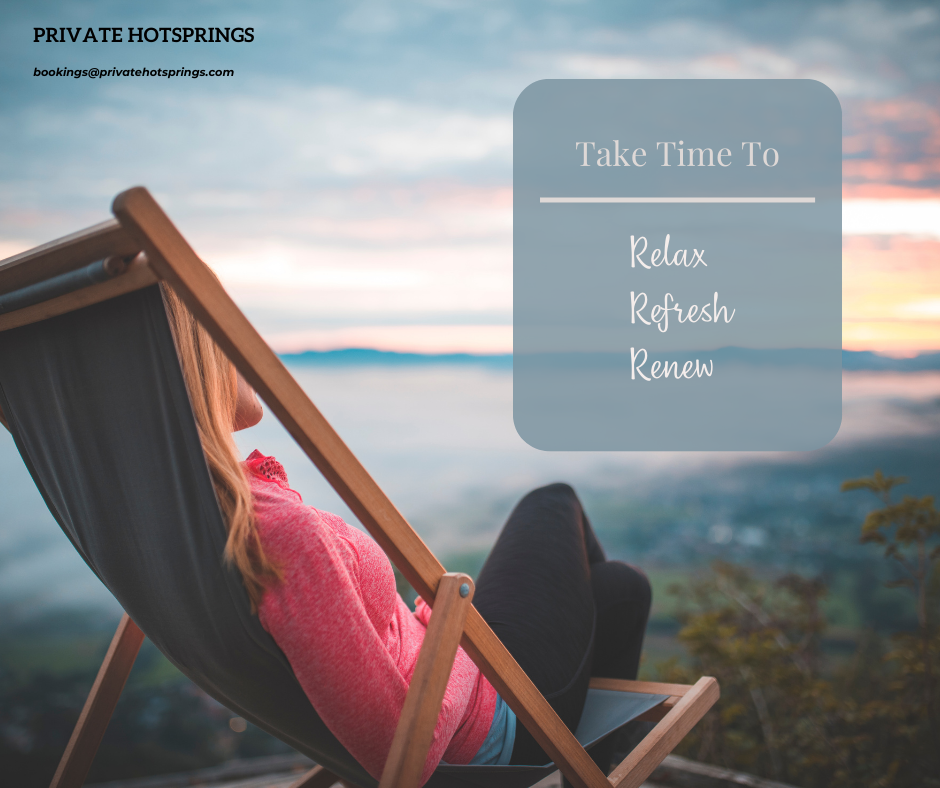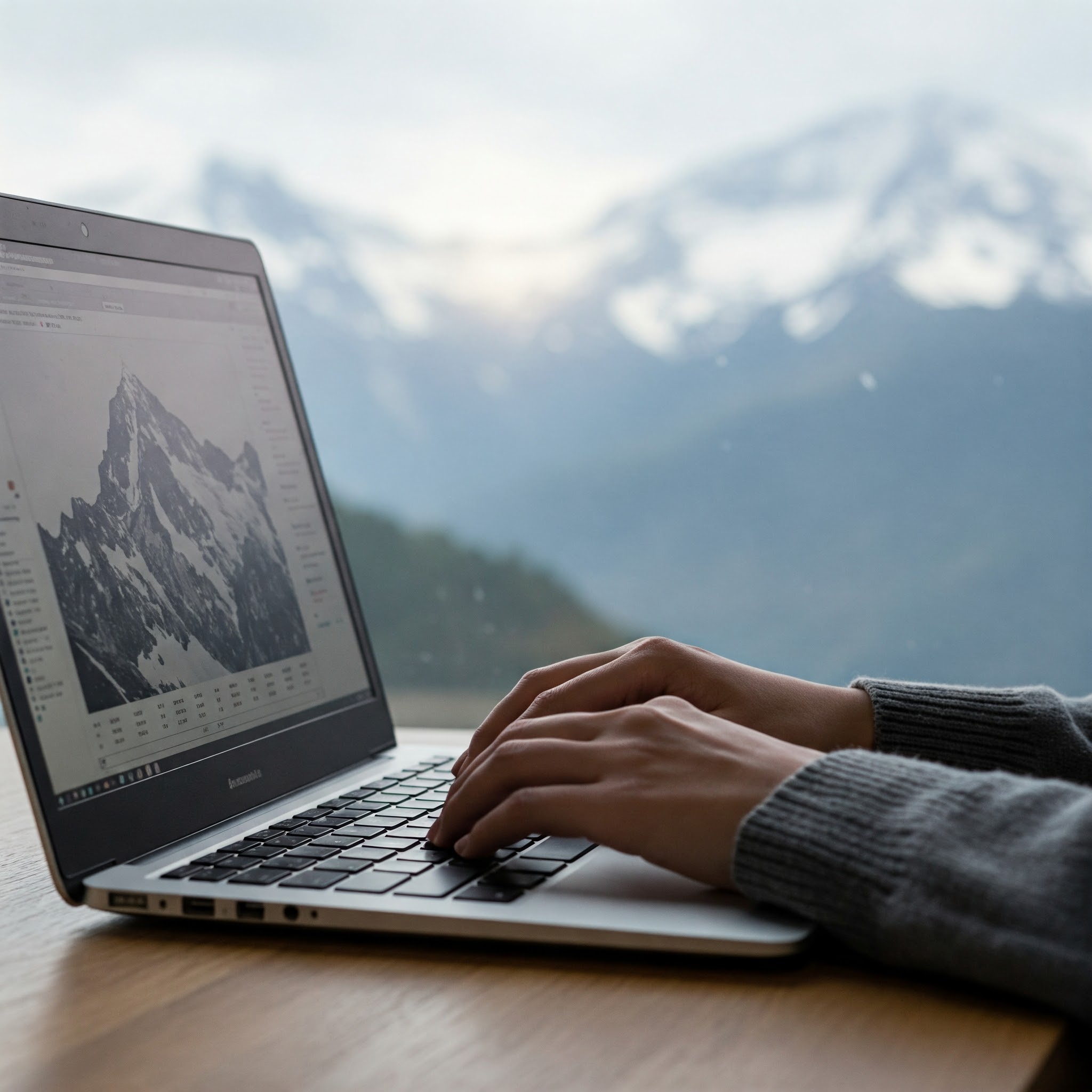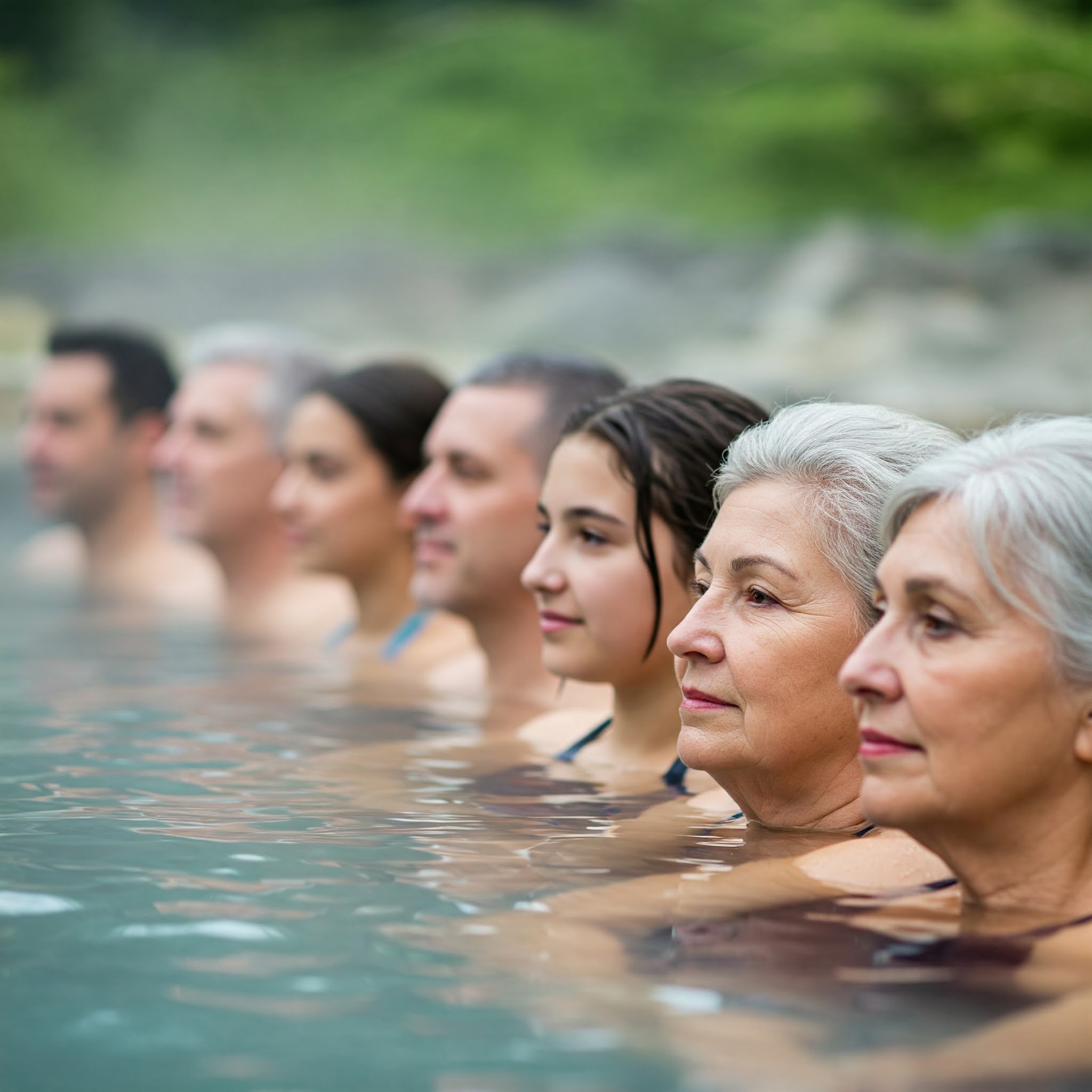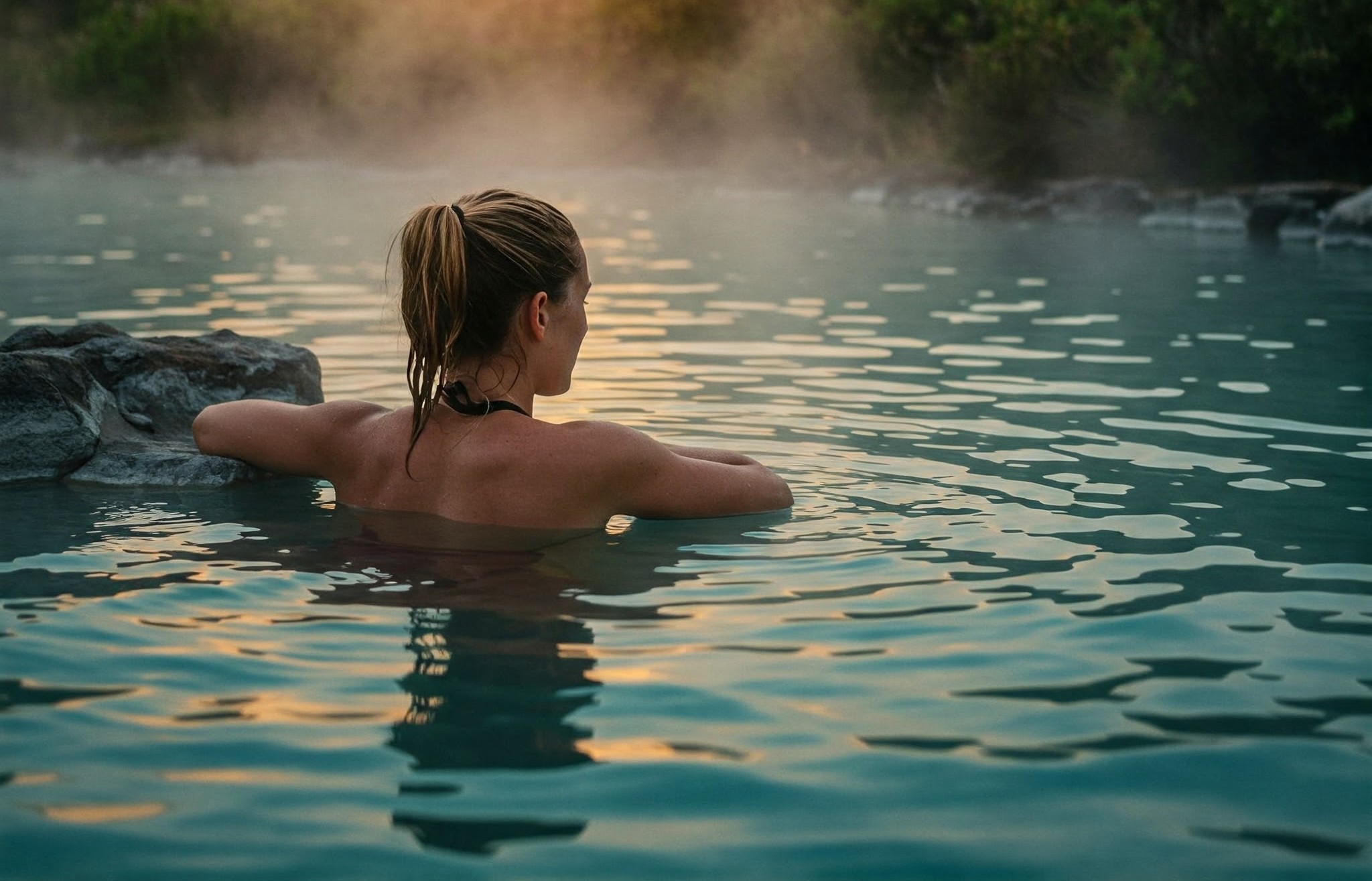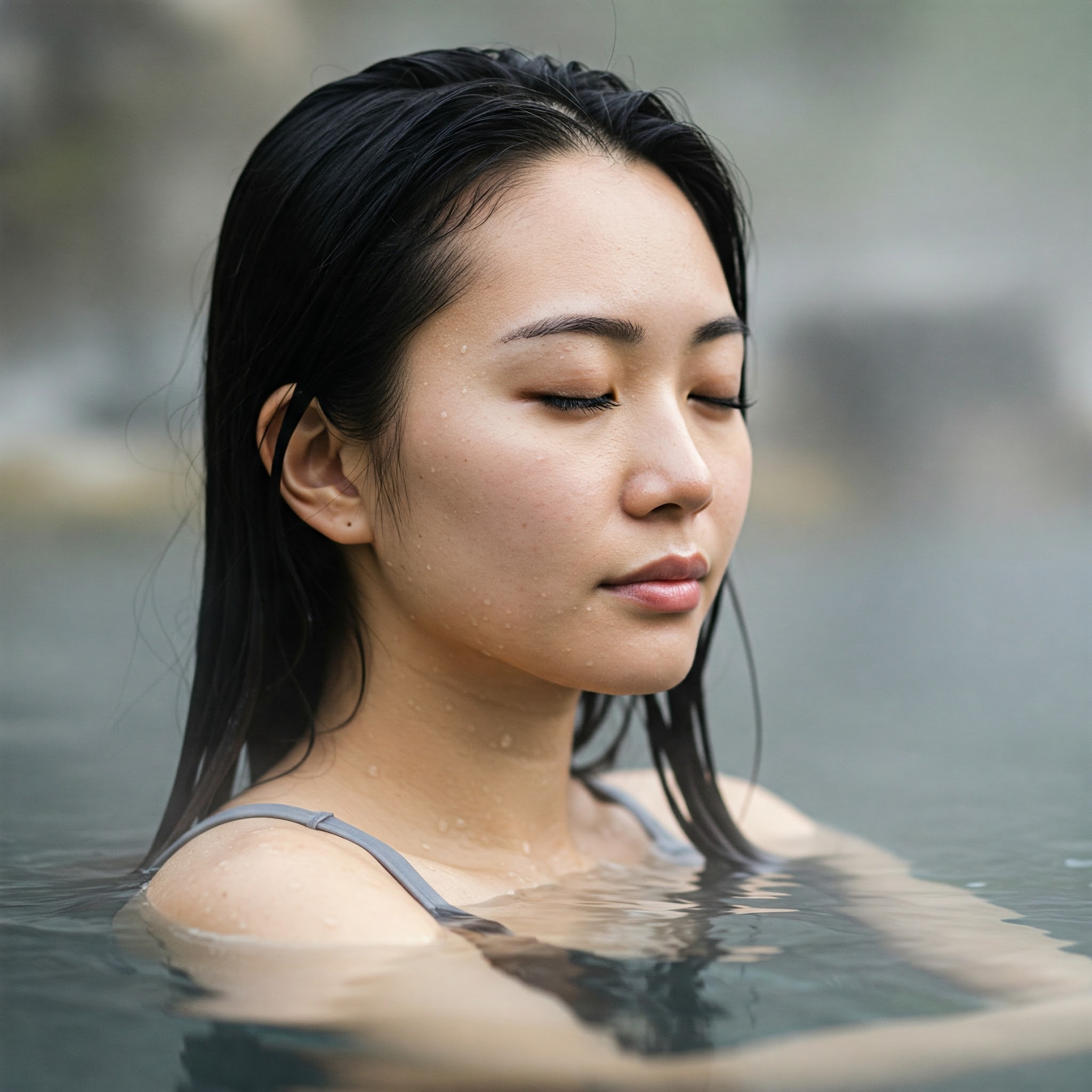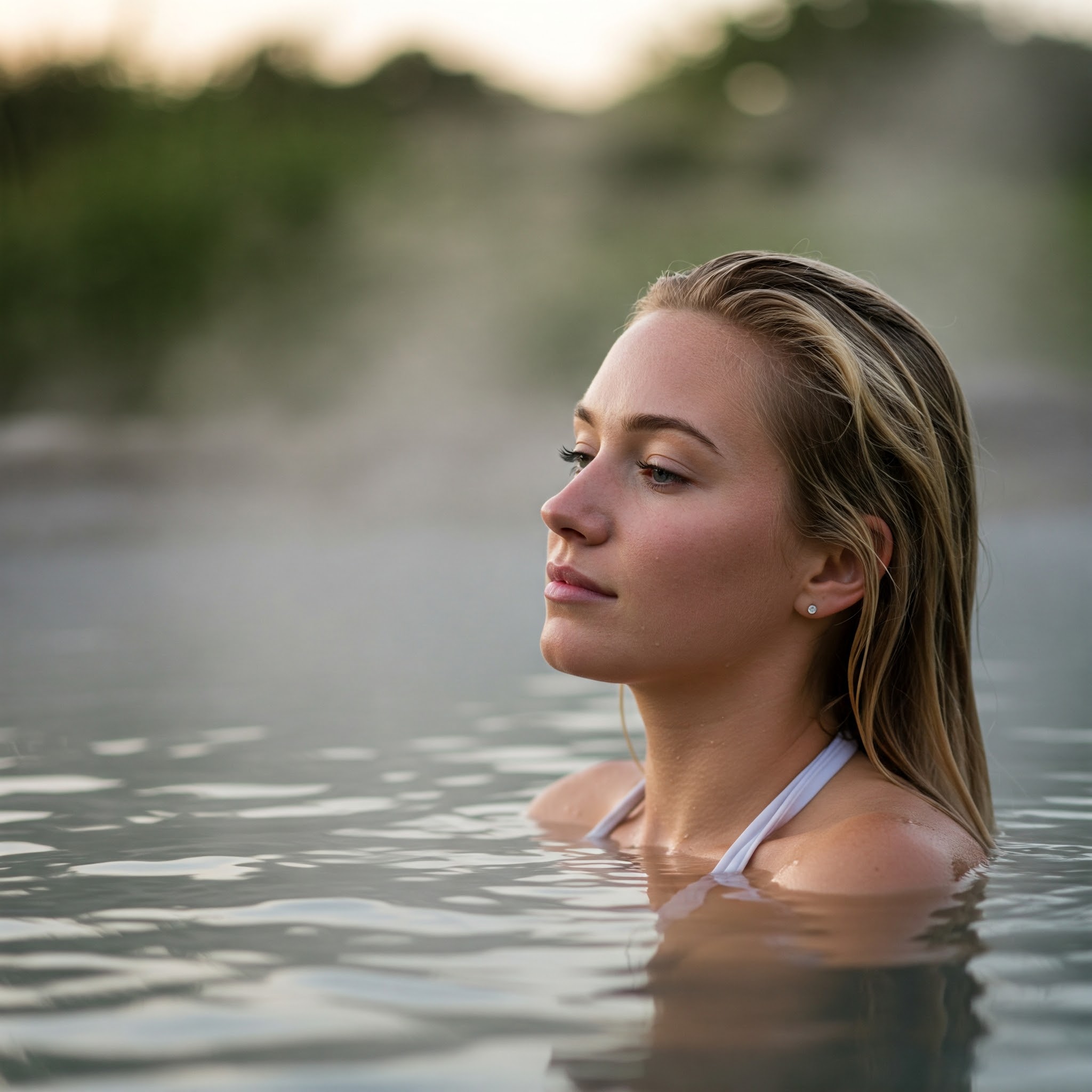
Bodies tell stories. Beneath our skin, complex conversations flow between our gut, brain, and outer layer. This intricate network, known as the gut-brain-skin axis, reveals why that soak in mineral-rich waters does more than simply relax your muscles.
Science now confirms what traditional wisdom has suggested for centuries: our digestive system, mental state, and skin health exist in constant communication. This understanding transforms how we view wellness practices like hot springs immersion.
The Three-Way Conversation Within You
Your gut contains millions of neurons and produces most of your body’s serotonin. When stress disrupts this delicate ecosystem, the effects cascade outward. Digestive issues emerge. Skin problems follow. Mental clarity diminishes.
Hot springs offer a rare intervention point in this cycle. The minerals absorbed through your skin speak directly to your nervous system. Heat dilates blood vessels. Circulation improves. Your body receives precisely what it needs to restore balance.
Unlike temporary solutions that address only symptoms, mineral water immersion works at the system level. The body recognizes these elements. Magnesium. Sulfur. Calcium. Lithia. Each plays a role in cellular communication that modern medicine is only beginning to fully appreciate.
Stress Dissolves When Water Flows
The connection works both ways. When you enter thermal waters, your parasympathetic nervous system activates. Heart rate slows. Breathing deepens. Cortisol levels drop. This shift alone would benefit your skin, but the process goes deeper.
As stress hormones decrease, inflammation throughout the body subsides. Your digestive tract relaxes, improving nutrient absorption and reducing irritation. Blood flow increases to the skin, delivering oxygen and removing toxins more efficiently. The result appears as a natural glow that no skincare product can truly replicate.
Research suggests regular thermal bathing may help regulate gut microbiome diversity. These beneficial bacteria influence everything from immune function to mood regulation. The skin, our largest organ, reflects this internal harmony almost immediately.
Beyond Relaxation to Restoration
While many seek hot springs for momentary escape, the most profound benefits emerge through consistent practice. The minerals accumulate in tissues. Stress patterns break. Digestive function normalizes. Skin cell turnover optimizes.
What makes natural hot springs particularly effective is their complete sensory immersion. The sounds of water. The scent of minerals. The weight of your body suspended. The contrast between air and water temperatures. Each element speaks to different neural pathways, creating a whole-system reset that manufactured environments cannot duplicate.
This holistic approach aligns perfectly with how our bodies actually function. We are not compartmentalized systems but interconnected networks where improvement in one area naturally enhances another.
The Wisdom in Water
Traditional cultures worldwide recognized hot springs as sacred healing spaces long before science could explain why. They understood intuitively what research now confirms: immersion healing works through multiple pathways simultaneously.
The gut-brain-skin axis provides the scientific framework for what generations of hot spring enthusiasts have experienced. That post-soak clarity of thought. The improved digestion. The luminous skin quality that persists for days afterward.
In our fragmented approach to health, we often miss these connections. We treat skin conditions without addressing gut health. We seek stress relief without considering inflammation. Hot springs immersion bridges these gaps, offering a truly integrative approach to wellness that honors your body’s innate intelligence.
When you next submerge in mineral waters, notice not just how you feel in the moment, but how your entire system responds in the hours and days that follow. Your gut, brain, and skin will thank you for listening to their conversation.
#wisdom #gutbrain #hotsprings #wellness
www.privatehotsprings.com
bookings@privatehotsprings.com
